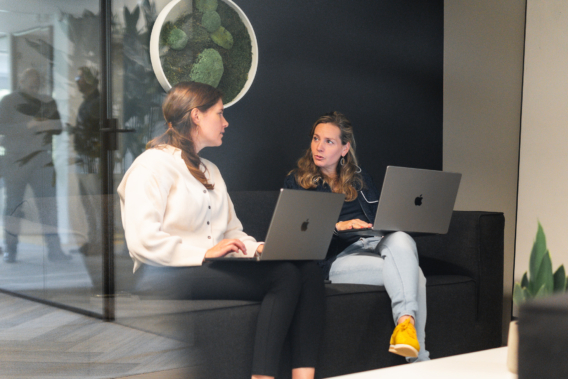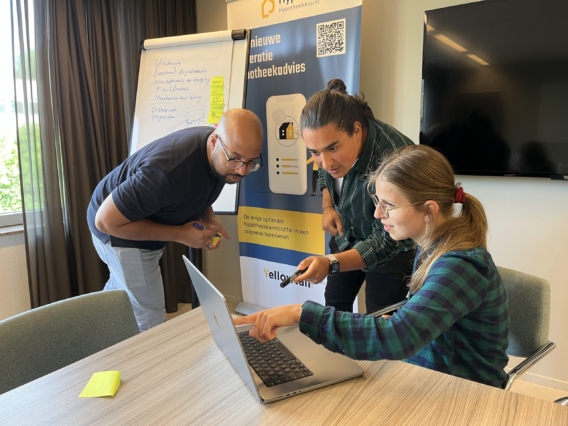What is double materiality analysis
In summary, the dual materiality analysis is a method mandatory from the CSRD as a proposal to arrive at a sustainability/management report.
CSRD mandatory organisations
Organisations subject to CSRD are required to perform this materiality analysis and determine which sustainability issues are most relevant. This determination is done from two perspectives, which is where the word dual comes from, namely:
- Financial materiality also known as outside-in analysis: The impact of the environment on the organisation, especially financially.
- Impact materiality also known as inside-out analysis: The impact of the organisation on the environment and society, especially on the basis of negative or positive impact.
Financial materiality, outside-in analysis
The outside-in approach is similar to the process of conducting a strategic risk analysis. Together with management or as sustainability manager, you identify the sustainability themes that are most relevant (financially material) to the organisation and on which organisations report in an annual report, mandatory from CSRD. The question here is: how big is the impact of this theme on your organisation’s (financial) performance? An important difference with a strategic risk analysis is that this is not only about risks, but also opportunities. As an organisation, there are risks in relation to the continuity of the organisation, or opportunities to improve the position.
Impact materiality, inside-out analysis
Inside-out perspective also called impact materiality: How big is your organisation’s impact on the social issue (and thus on people and the environment)? This is more from an internal perspective and the organisation’s policies. What is the impact of the organisation’s policy on people and the environment. You define this one from the fact that your organisation provides for negative or positive impact.
The two materiality analyses together and thus the double materiality analysis
If the answer to both the outside-in, and inside-out analysis is that the impact is large, then it concerns a sustainability issue that your organisation needs to report on. The size of the impact is based on scale, scope and the timeframe/probability of it occurring in the short, medium or long term. When your organisation has to report on a theme, the CSRD requires reporting on policies, actions, targets and Key Performance Indicators (KPIs) on the material theme, among other things.
From Key Control Dashboard, we have years of experience in materiality analyses. The workflows, dashboards and reports in the Key Control Dashboard help organisations perform the double materiality analysis and manage progress and results in relation to the most material themes.
Interested? Then get in touch with the Key Control Dashboard team.



















